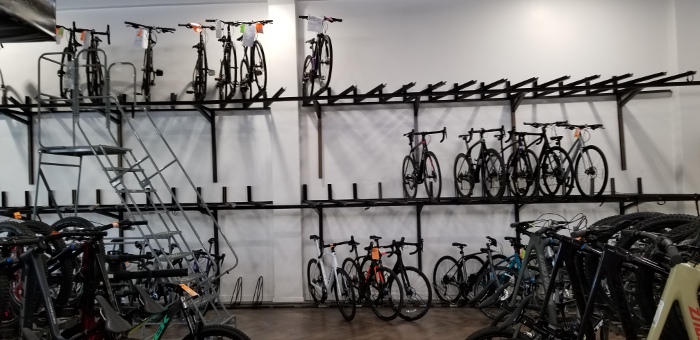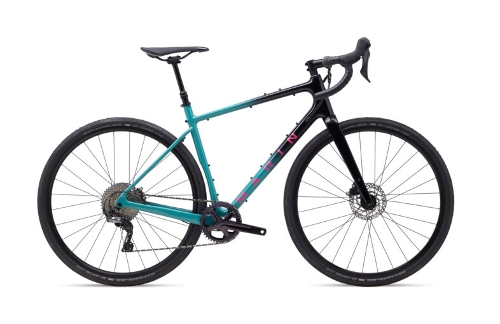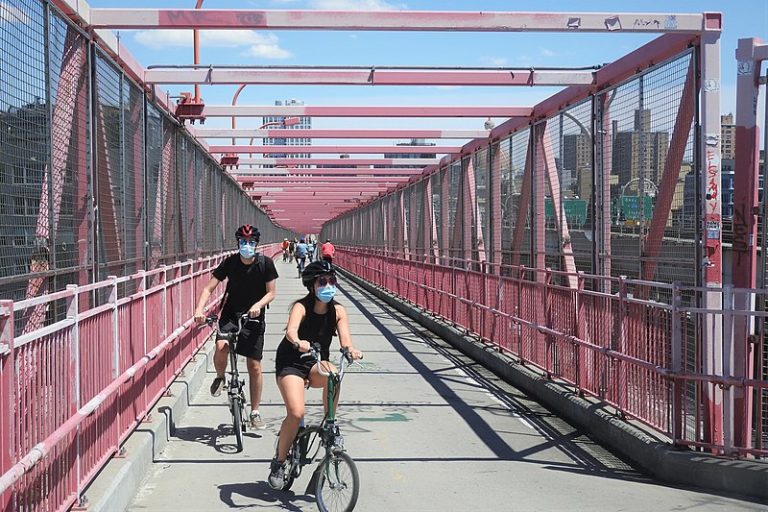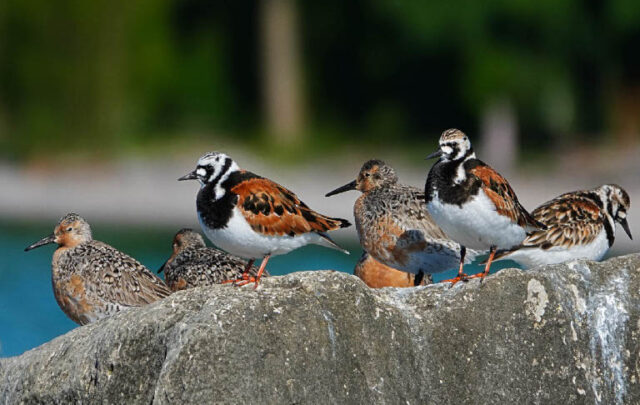First in a series. Articles to come:
- Bikes: in the year of the pandemic (series introduction)
- Bikes: biggest boom since the 70s
- Bikes: revolution in the streets
- Bikes: key to staying healthy during coronavirus
- Bikes: getting (re)started
- Bikes: tools of protest
- Bikes: the suppliers
- Bikes: history
Like everyone else, I have been getting antsy during the coronavirus lockdown. Two months ago I had a bright idea: why not get back into bicycling?
Bicycling gets you out of the house into the fresh air. It’s safe, since you’re not in close contact with other people. You avoid the risk of coronavirus on mass transit and can use the bike for commuting and around-town errands.

So I strolled into a local bike shop … to find a crowd of other people with the same bright idea. I masked up and made my way to the bikes I was interested in. The only ones available in my size cost quite a bit more than I had expected.
“Could I come back during the week when it’s not so crowded?’ I asked the strapping young salesperson. “I need some time to think.”
“You can,” he replied, “but I can’t guarantee those bikes will still be here. We’re selling out fast.” I looked at the new bicycles being wheeled out the door and realized he was right.
After a quick consultation with my bicycle racer grandson, I decided to go for a carbon-frame gravel bike which cost more than my first three cars.
If it keeps me sane and healthy during the pandemic, it’s well worth the price.
(It’s absolutely not necessary to spend much money on a bike. If you’re getting back into bicycling, the best bike is the one you already have. Or you can get a used one. If you go for a new one, $600 will get you a fine bicycle that will last for years.)

Everywhere the same idea: corona-friendly bicycling
Curious about the crowd in the bike shop, I wondered if other places were experiencing a bicycle boom. I began Googling and was overwhelmed by articles telling how bike shops were running out of stock. It wasn’t just the United States. I found articles about: France, the Philippines, India, the UK, Russia, Uganda, Mexico …
Cities were closing off streets to cars in favor of pedestrians and bicycles. Bike lanes were being painted. The newly re-elected mayor of Paris planned to remake Paris so “you can find everything you need within 15 minutes from home.”
Would it be possible to redesign cities as the Dutch did to favor bicycles and pedestrians? The benefits would be many:
- Less pollution
- Fewer accidents and deaths
- Less stress
- More convivial communities
As Carlton Reid points out, we’ve had this dream before, notably during the last great bicycle boom in the 70s. It’s all too easy to imagine people getting back into their cars and putting the bikes into storage, as they’ve done before.
But this time, maybe it won’t happen. There’s a good chance that coronavirus will be with us for years. Even if we’re lucky and a vaccine is found, we’ll probably be much more careful about close contact.
No matter what happens though, each of us can improve our lives by dusting off the bicycle and getting back in the saddle.
The series
The bike boom motivated me to dig deeply into the State of the Bicycle. I’ve bicycled all my life, since I delivered newspapers in the hills of San Rafael, to commuting to a high tech job, to bicycle trips in the UK, France and Oregon.
But the last time I delved into the subject was 25 years ago and much has changed. Bicycle technology has improved. Bike lanes and paths have sprouted up everywhere.
In this series, I’ll give a quick overview of each topic then provide links for further reading.
If there’s a conclusion I’ve come to after two months of research, it’s that bicycles are a magical invention. They can make a significant dent in the most important problems facing us, from climate change to obesity . What’s more, bicycling is fun. Try it, I think you’ll like it.
Top photo: Looking east at bikers on Williamsburg Bridge on a sunny midday 13 June 2020. By Jim Henderson via Wikimedia Commons https://commons.wikimedia.org/wiki/File:WBB_COVID_bikers_b_jeh.jpg





